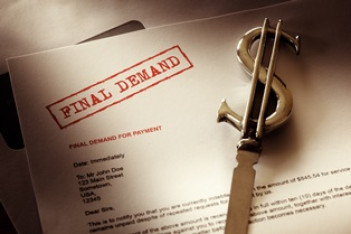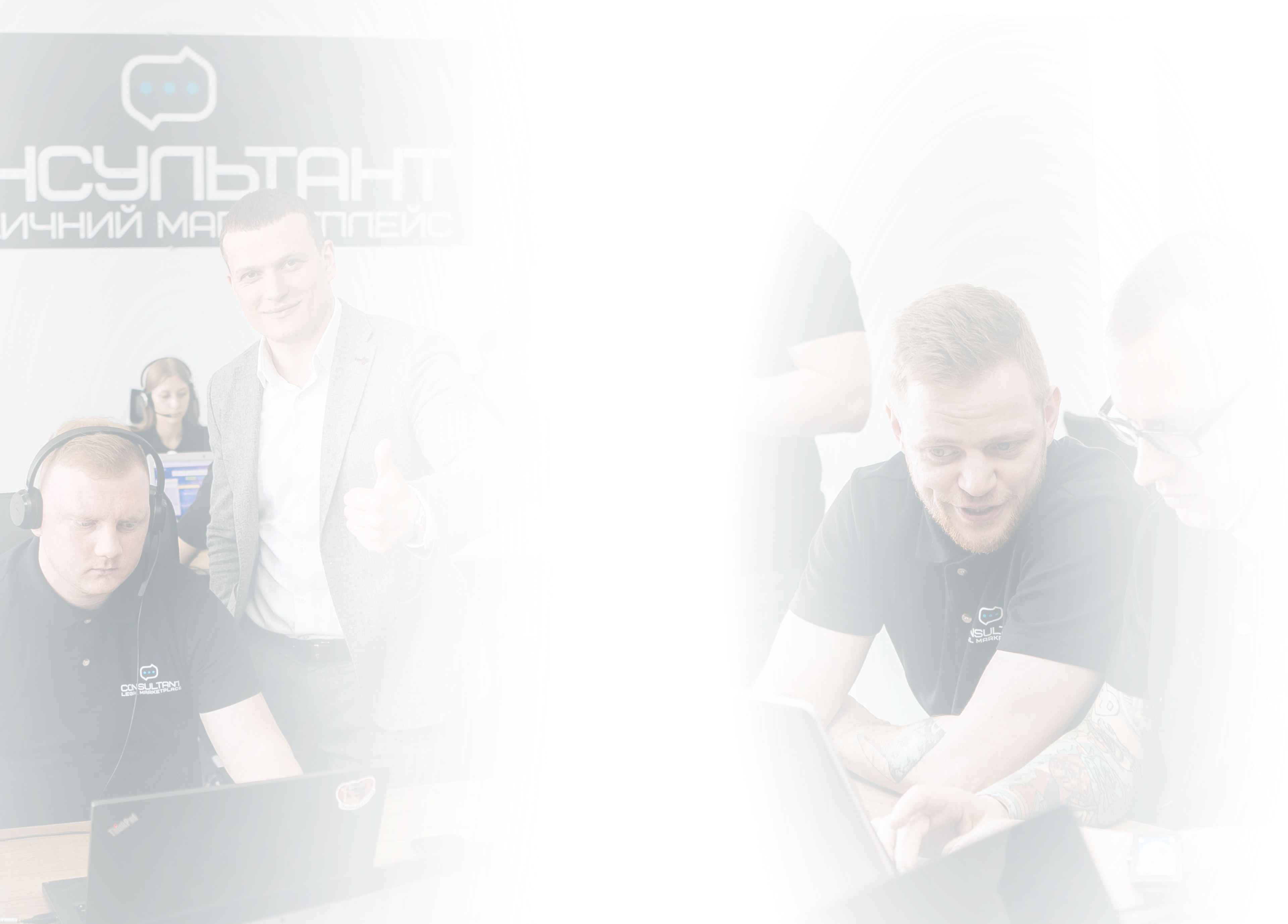Discovering a Later Patent on Your Invention: Immediate and Organized Action Required
In the complex and highly competitive field of intellectual property, encountering a later patent that claims your invention can be a daunting experience. This scenario demands prompt, well-organized action to protect your invention and maintain your rightful priority. The objective of this article, brought to you by Юридичний Маркетплейс КОНСУЛЬТАНТ, is to guide inventors and patent holders through the essential steps to take upon discovering a patent that may impact your proprietary rights.
Understanding the Importance of Prompt Action
Time is of the essence when you discover a later patent on your invention. Patent law is governed by strict deadlines and procedural requirements that, if not met, can permanently affect your rights. Delaying response or acting without a clear strategy may result in losing the ability to challenge the patent, defend your invention, or enforce your own patent rights.
Therefore, the first and foremost step is to undertake a comprehensive and systematic review of all relevant documentation related to your invention. Gathering robust evidence of your invention’s conception, development, and disclosure is critical to establish priority and support possible legal challenges or amendments.
Gathering Dated Proof: The Foundation of Your Case
Compiling dated proof entails assembling a detailed and chronological record of your invention’s timeline. This documentation proves crucial in substantiating your claim to the invention and demonstrating priority over any competing filings or patents. Some of the key types of evidence include:
- Your original patent filings from 2015, including complete specifications and claims;
- Publications from 2016 to 2017 showcasing your invention, such as journal articles, conference papers, or press releases;
- Laboratory notebooks, which provide detailed experimental procedures, observation dates, and developmental notes;
- Correspondence including emails between inventors, collaborators, or third parties that reference the invention;
- Receipts or other transactional documents demonstrating the date of procurement or development steps.
Each piece of evidence must be dated accurately, preserved securely, and arranged in a coherent order to construct a convincing narrative of the invention’s timeline.
Comparing the Competitor’s Patent Claims and File History to Your Disclosures
Once your documentation is in place, the next crucial step involves a detailed comparison between the competitor’s patent claims, their prosecution history, and your own disclosures and filings. This comparison aims to identify similarities and differences that can form the basis for challenging the later patent or asserting your priority rights.
Key aspects to analyze include:
- The exact language of the competitor’s patent claims against your invention descriptions;
- The sequence of events in the competitor’s patent prosecution, including any amendments or statements made;
- Identification of potential overlapping subject matter or areas where your invention might have been anticipated;
- Examination of any disclosures you made that predate or correspond to similar concepts in the competitor’s patent.
Understanding these elements will help formulate effective strategies for responding to the competing patent.
Filing Information Disclosure Statements (IDS) and Considering Claim Amendments or Continuations-In-Part (CIPs)
To proactively address the presence of a later patent, it is advisable to file Information Disclosure Statements (IDS) with the patent office. IDS filings allow you to disclose all relevant prior art, including your own earlier filings and publications, ensuring that the patent examiner is aware of this information. This measure can influence the examination of your applications and reinforce your priority claims.
Furthermore, considering amendments to claims or filing Continuations-In-Part (CIPs) may be necessary. Claim amendments can help distinguish your invention from the competing patent by clarifying the scope or specifying novel features. Continuations-In-Part allow you to add new matter while maintaining the original priority date for previously disclosed content, which can be valuable in strengthening patent protection.
Each of these actions must be undertaken with great care and precision, adhering to procedural requirements and timelines.
Evaluating Post-Grant Review or Inter Partes Review for Issued Patents
If the competing patent has already been issued, you still have options to contest its validity. Two significant post-issuance mechanisms include Post-Grant Review (PGR) and Inter Partes Review (IPR). Both procedures provide administrative avenues to challenge a patent’s claims based on prior art, procedural errors, or other grounds.
Post-Grant Review must generally be initiated within nine months of the patent’s issuance and allows challenges on a broad range of issues. Inter Partes Review, on the other hand, is available after the PGR window closes and focuses primarily on prior art-based challenges. Engaging these processes can lead to the cancellation, narrowing, or modification of the patent claims, thereby impacting the competing patent’s enforceability.
Addressing Derivation or Inventorship Issues
In situations where there are concerns about proper inventorship or derivation — that is, whether the patent was obtained through wrongful derivation of your invention or misattribution of inventorship — specialized proceedings exist. Derivation proceedings at the patent office enable you to assert that the later patent was derived from your invention without authorization.
Similarly, correcting inventorship errors can be pursued through formal petitions or court proceedings. Identifying and acting on these issues can have profound implications on the patent’s validity and enforceability.
Avoiding Informal Outreach and Consulting a Patent Attorney Immediately
It may be tempting to communicate directly with the competitor or pursue informal negotiations upon discovering a later patent. However, such informal outreach can jeopardize your legal position and inadvertently weaken your rights or leverage.
The best course of action is to immediately consult a qualified patent attorney or IP professional who can provide strategic guidance, evaluate your evidence, and chart an effective legal pathway based on the complexities of patent law and your specific situation.
Seeking Professional Help
If you require proper assistance navigating this challenging process, please contact us via the communication channels listed in our bio or send a private message. Our experienced team at Юридичний Маркетплейс КОНСУЛЬТАНТ is ready to support you in protecting your inventions and safeguarding your intellectual property rights.
- Comprehensive patent infringement analysis;
- Preparation and submission of IDS and patent office documents;
- Legal representation in Post-Grant Review and Inter Partes Review proceedings;
- Assistance with derivation proceedings and inventorship corrections;
- Strategic advice on claim amendments and Continuation-In-Part filings.
Discovering a later patent on your invention is an urgent matter that requires meticulous organization, strategic action, and expert legal guidance. Collecting dated proof such as your 2015 filings, publications from 2016–2017, lab notebooks, emails, and receipts is crucial to establish and protect your priority rights.
Comparing competitor claims and file histories to your disclosures allows identification of potential challenges and response strategies. Filing IDS submissions, considering claim amendments or Continuations-In-Part, and evaluating post-grant procedures such as PGR and IPR are vital tools in defending your invention.
When issues of derivation or inventorship arise, specialized proceedings must be pursued promptly. Importantly, avoid informal outreach and seek professional advice immediately to ensure your rights are vigorously protected. For expert assistance, contact Юридичний Маркетплейс КОНСУЛЬТАНТ through our communication channels or private message.
Юридичний Маркетплейс КОНСУЛЬТАНТ is committed to providing comprehensive and expert intellectual property legal services. Our team's specialization and extensive experience empower inventors and businesses to navigate complex patent landscapes effectively and securely.































